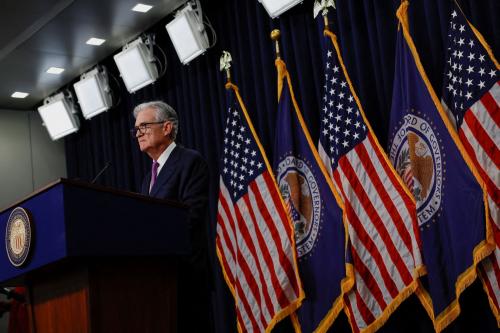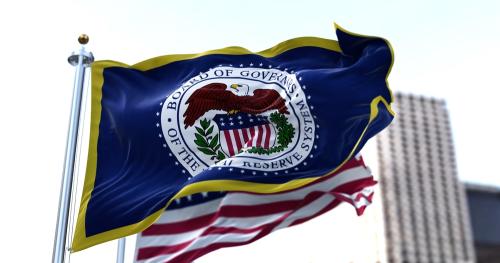PRELIMINARY VERSION ONLY
This book describes the use of moneys in Africa, currently and in the recent past, and attempts to draw conclusions concerning the evolution of exchange rate regimes in the future. Before getting into the substance, two questions need to be answered: what is the meaning of “monetary geography,” and why is it an interesting topic for Africa? We have adapted the term “monetary geography” from the title of a book by Benjamin Cohen, The Geography of Money. In that book, Cohen argues forcefully that money has become “deterritorialized,” that is, the circulation of a particular money is no longer coterminous with the country of issue. A prime case in point is the creation of the euro, which is not associated with a single country but rather with a supranational central bank. In addition, foreign currencies circulate widely in many developing countries, because of uncertainty about the ability of the domestic currency to maintain its value. Thus, in this book, we are concerned with the use of money, whether within the issuing country’s borders or outside of them. We are especially interested in the potential spread of regional currency areas. In keeping with the geographical notion, we will rely on maps to convey some of the key data not only on the use of moneys but also on the economic variables that influence their use and determine the value of money.
This brings us to the second question: why is that an interesting topic in Africa today? In fact, Africa is arguably a more useful laboratory for studying the use of money than is Europe. It contains two monetary unions characterized by joint decision-making among sovereign states that have existed for some 40 years, the two CFA franc zones, and a monetary area between South Africa and smaller neighboring countries, in which South Africa sets monetary policy, that dates back to the early years of the 20th century. This justifies a more thorough look at the African experience than has been attempted thus far, in notable contrast to the European case, which has received enormous attention. Moreover, the African continent has several projects for further monetary unions that are intended to culminate in a single African currency. So there is a great need for analysis of the advisability of the monetary union projects and for research into how best to proceed. We hope that this book goes some way towards meeting those needs.
The attachment is a complete, preliminary version of the forthcoming book by the authors.
Updated: 10/17/03


